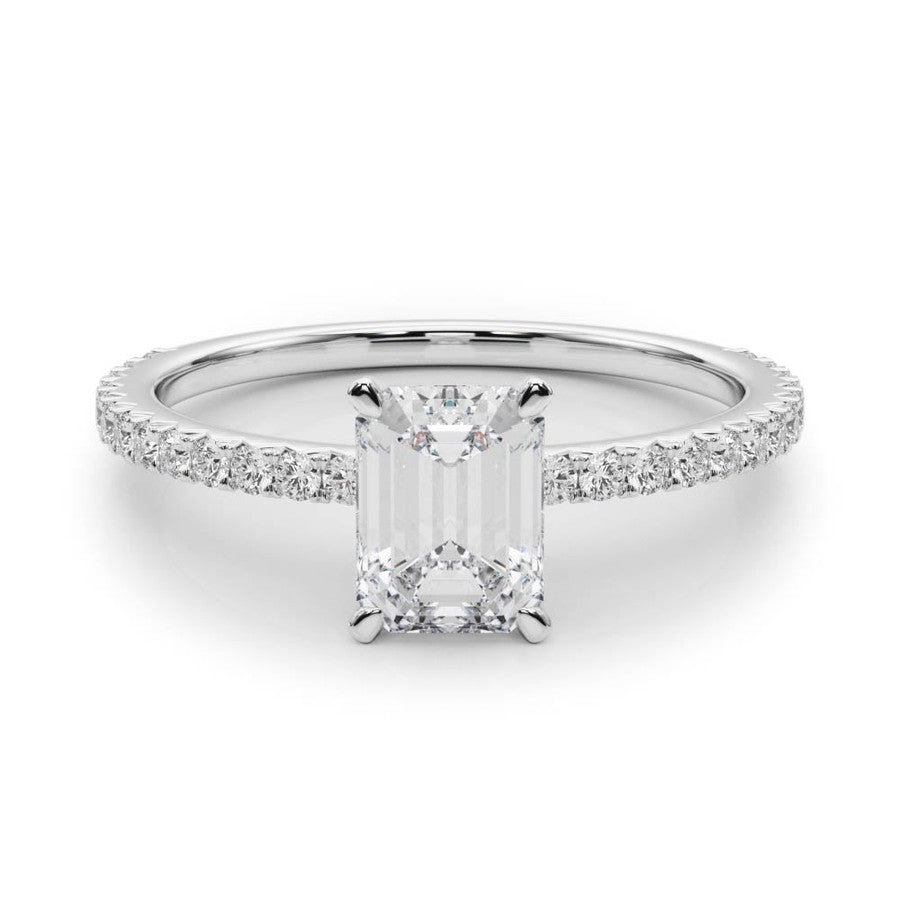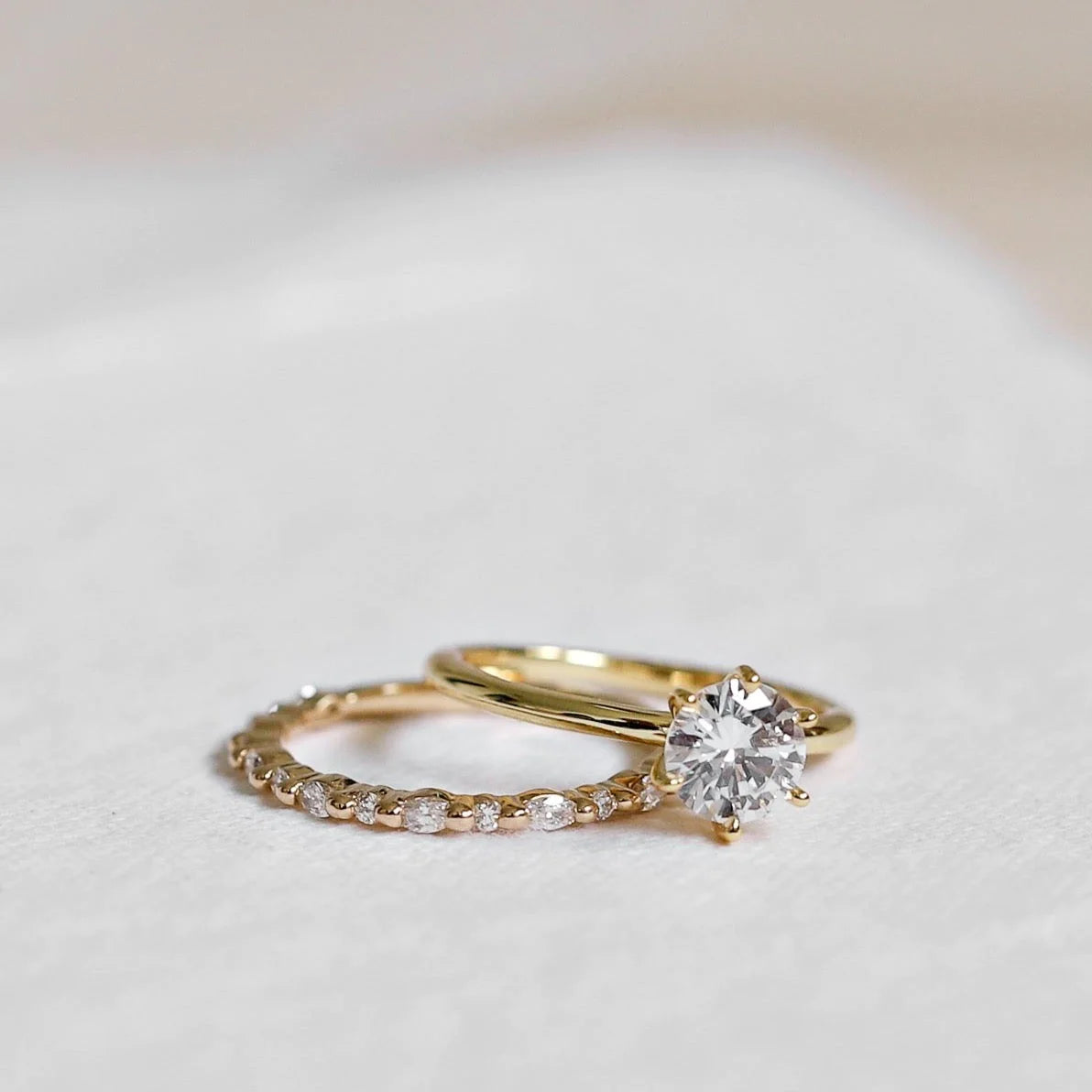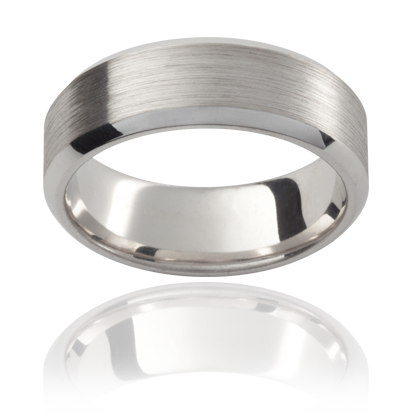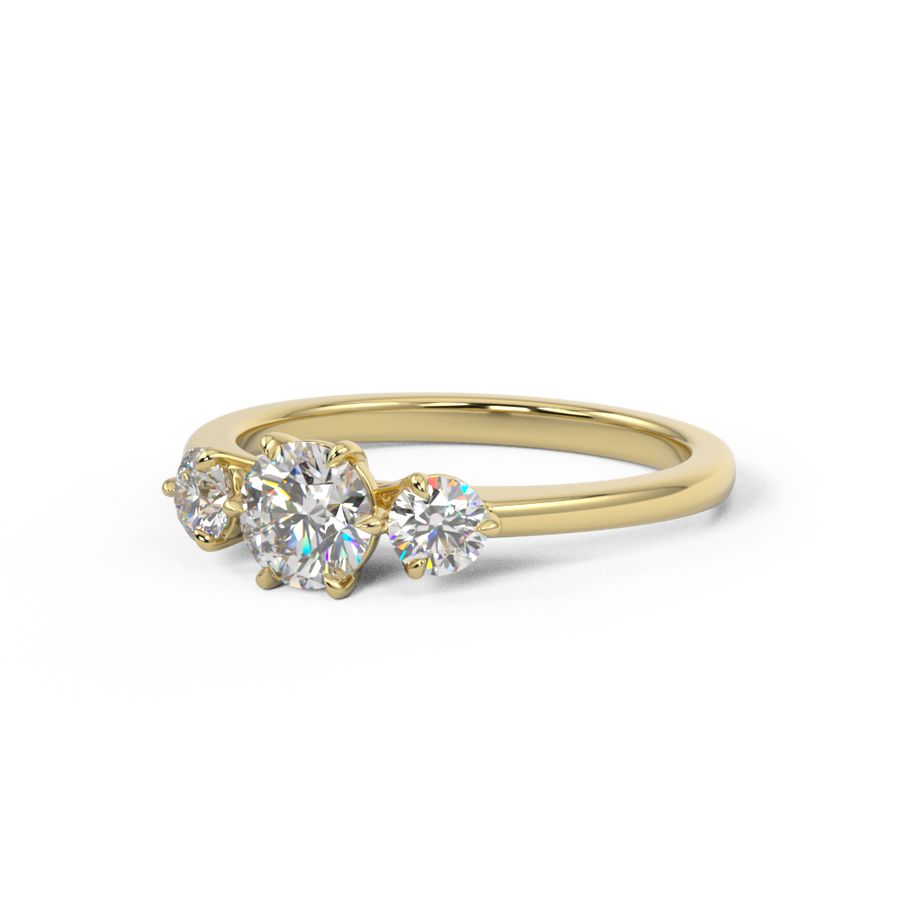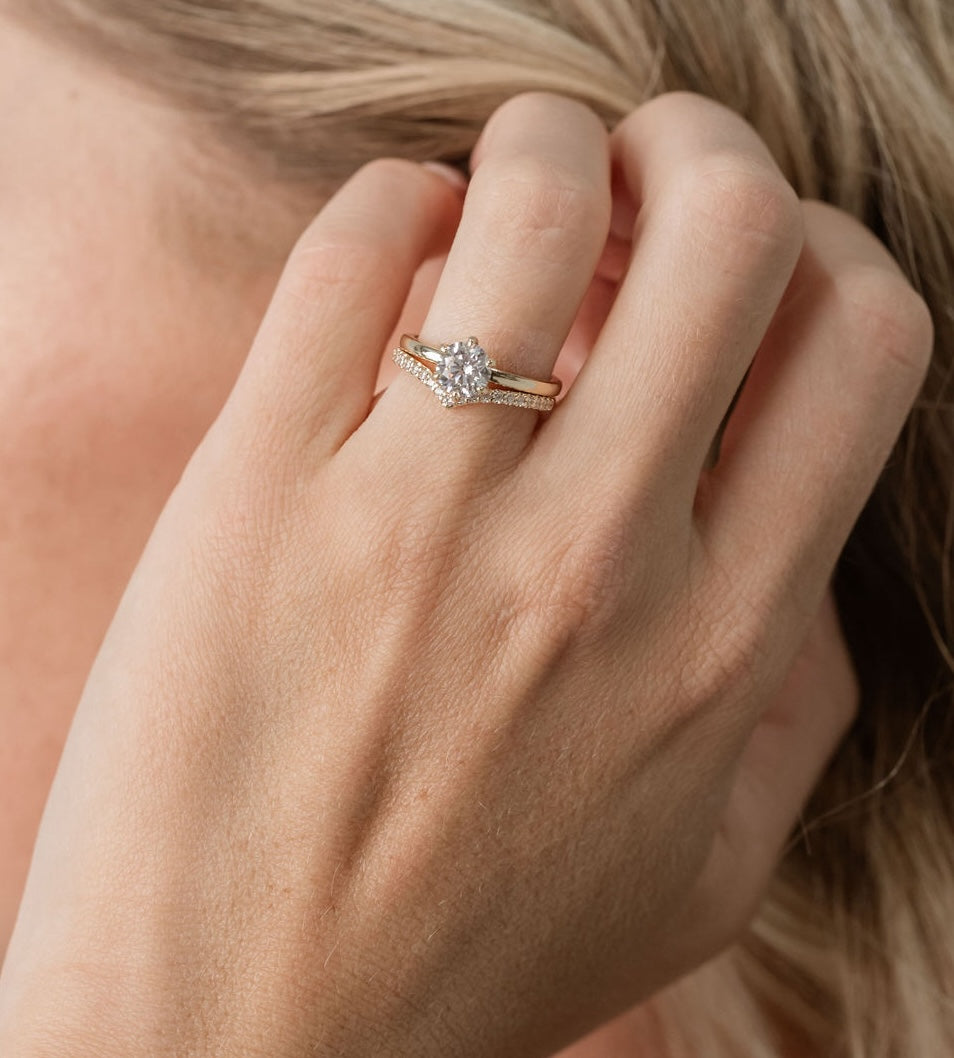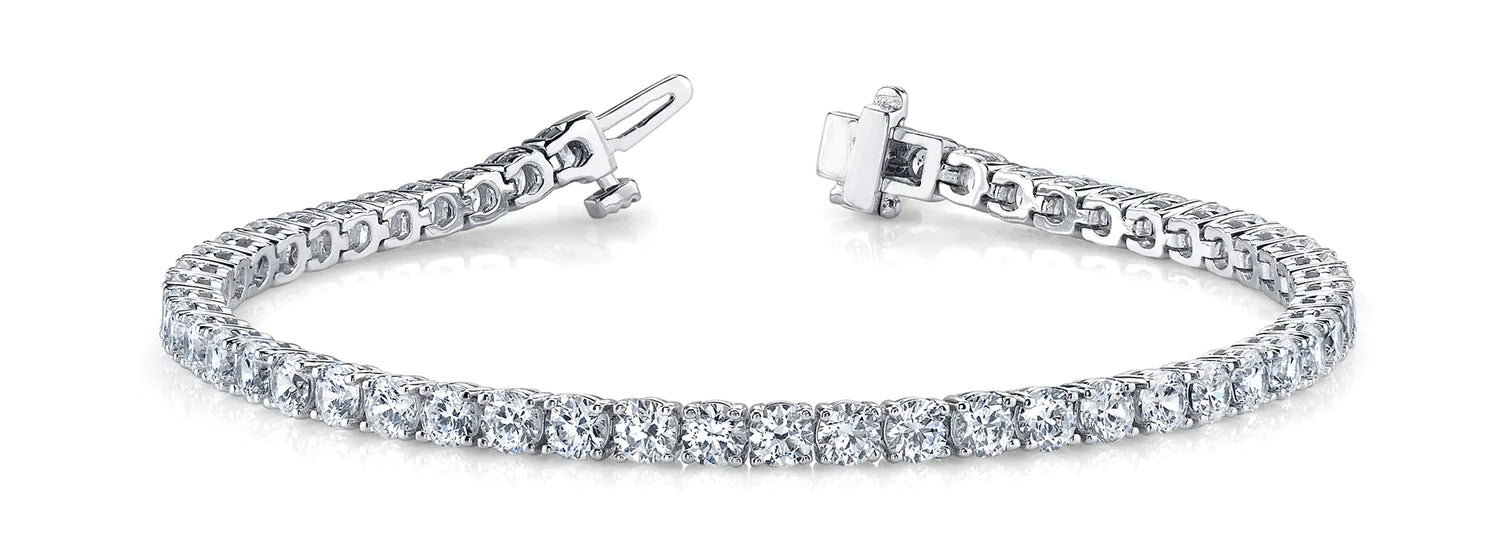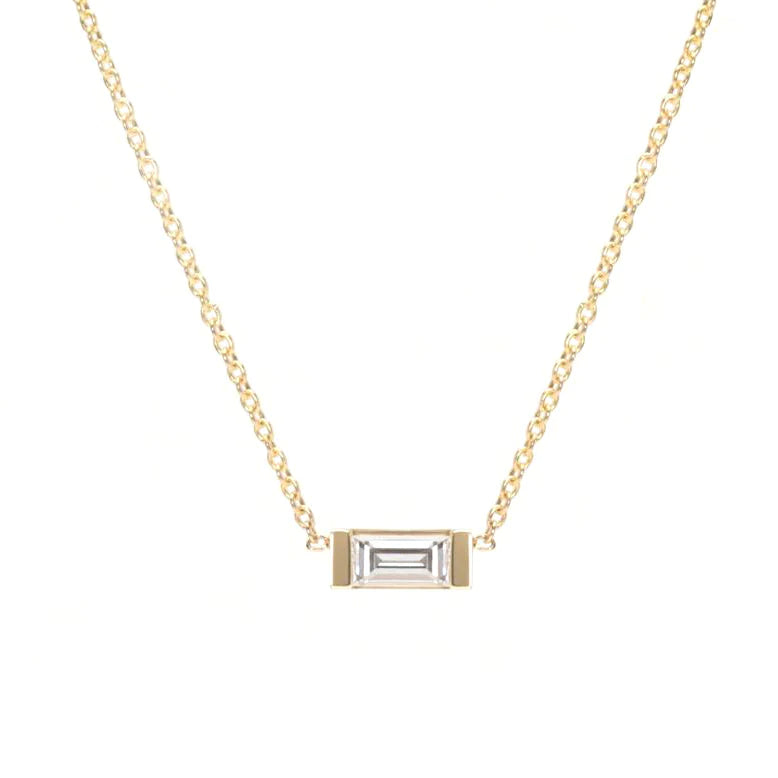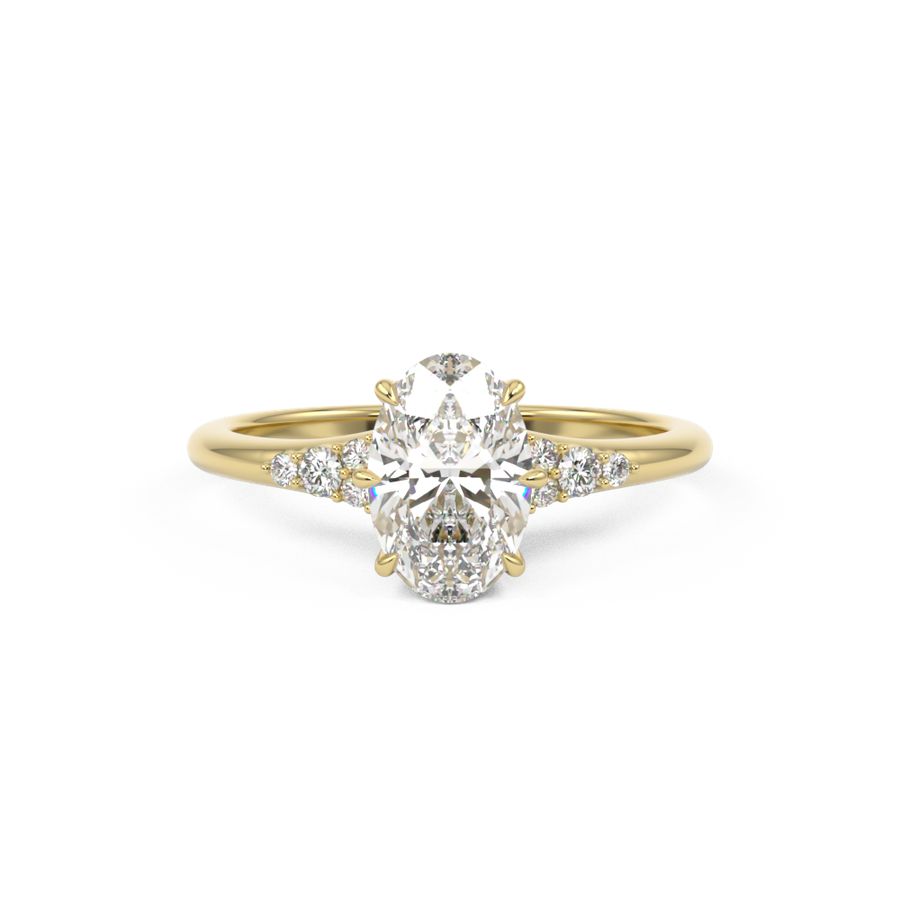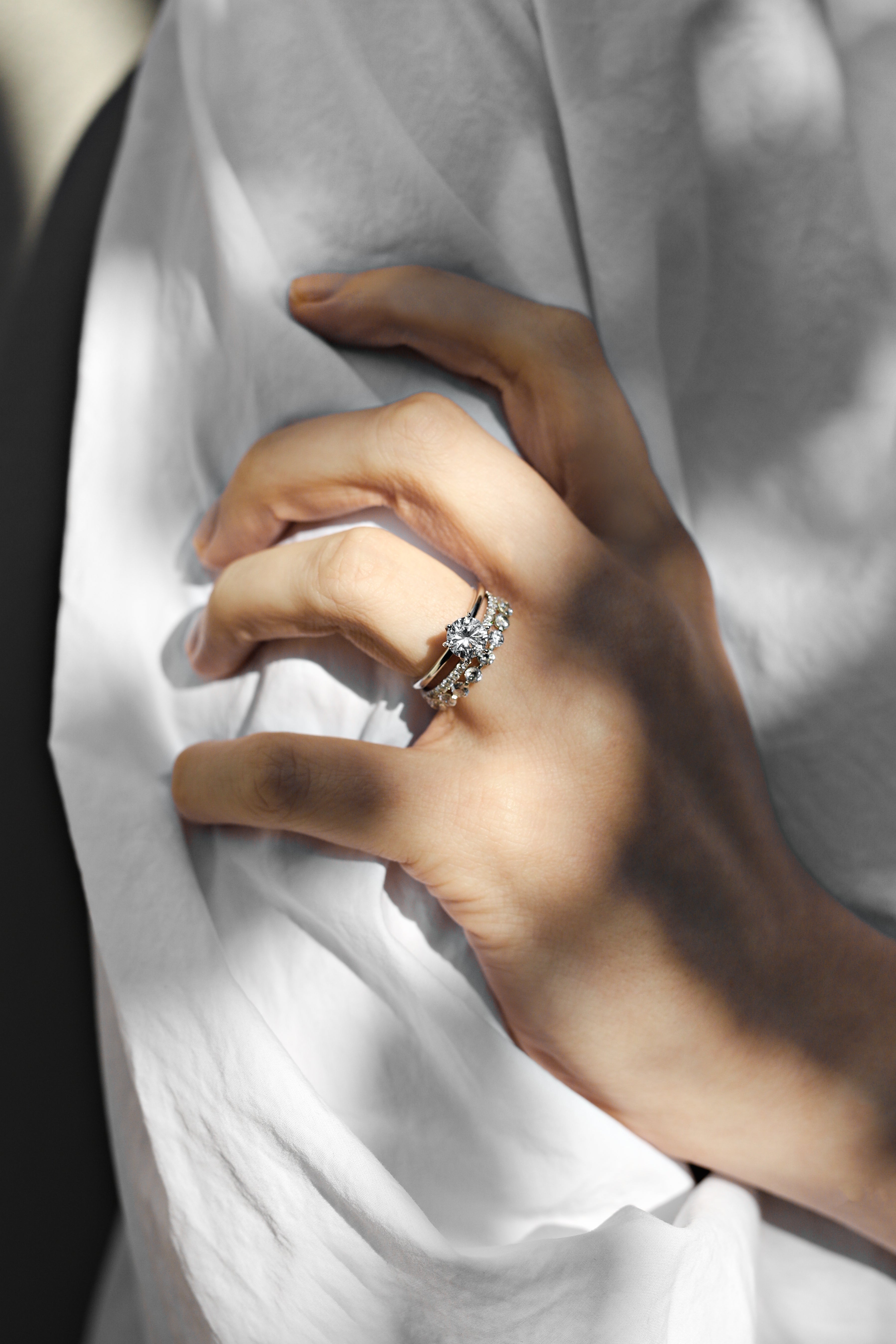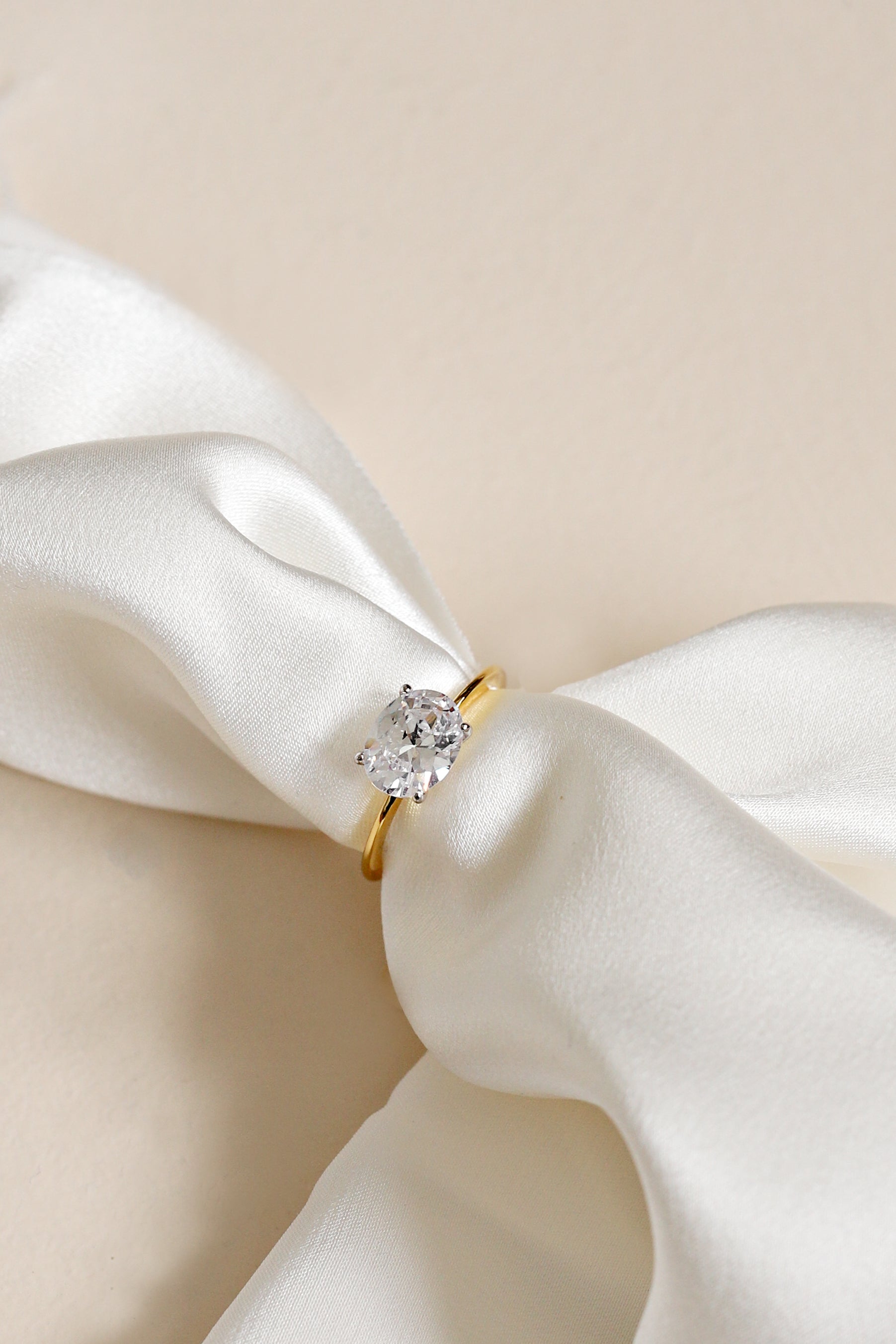Sterling silver
History and Origins of Sterling Silver
- Sterling silver is an alloy composed of 92.5% silver and 7.5% other metals, usually copper.
- The term 'sterling' may have originated from the Norman silver penny imprinted with a small star.
- The Hanseatic League played a role in the origin and manufacture of sterling silver.
- The Hanseatic League was active in London trade from 1266 to 1597.
- The British numismatist Philip Grierson proposed an alternative etymology for 'sterling' based on the word 'ster' meaning strong or stout.
- Norman silver pennies changed designs every three years.
- A two-star design on a silver penny issued by William the Conqueror is a possible origin of the word 'sterling.'
- A piece of sterling silver dating from Henry II's reign was used as a standard in the Trial of the Pyx.
- The first legal definition of sterling silver appeared in 1275 during the reign of Edward I.
- The standard specified that 12 troy ounces of silver for coinage should contain 11 ounces 2+14 pennyweights of silver and 17+34 pennyweights of alloy.
Use of Sterling Silver in Colonial America
- Sterling silver was used for currency and general goods in Colonial America.
- Between 1634 and 1776, around 500 silversmiths created items in the New World using sterling silver.
- American silversmiths adhered to the standard set by the London Goldsmiths Company.
- Colonial silversmiths used techniques developed in Europe, such as casting and forging.
- Silversmiths would stamp their personal makers mark on each piece to guarantee quality and composition.
Paul Revere and the Decline of Silversmithing
- Paul Revere, a renowned American silversmith, was regarded as one of the best during the Golden Age of American Silver.
- Revere acquired and utilized a silver rolling mill from England, increasing his production rate.
- He retired a wealthy artisan, primarily due to the success of his low-end goods produced by the mill.
- With the onset of the first Industrial Revolution, silversmithing declined as an artistic occupation.
- From 1840 to 1940, sterling silver cutlery became popular for setting a proper table.
Hallmarks and their Importance
- Hallmarks were developed in some countries to indicate the purity of the silver alloy, identify the silversmith or company, and note the date and/or location of manufacture.
- Hallmarks helped reduce the amount of counterfeit silver items.
- Hallmarks were used to guarantee the quality and authenticity of sterling silver.
- Hallmarking systems varied between countries.
- The purpose of hallmarks was to provide information about the silver piece and ensure its value.
Other Uses and Facts about Sterling Silver
- Sterling silver is used in serving pieces, cutlery sets, business items, boudoir items, and children's items.
- Silver can tarnish and corrode when exposed to certain compounds and environmental factors.
- Sterling silver is also used in surgical and medical instruments, some brasswind instruments, and jewelry.
- There are other types of silver alloys, such as Britannia silver, Argentium sterling silver, coin silver, and weighted sterling.
- Antique silver refers to silver items that are over a hundred years old and is valued for its craftsmanship and historical significance.
Sterling silver Data Sources
| Reference | URL |
|---|---|
| Glossary | https://harryandcojewellery.com.au/blogs/glossary/sterling-silver |
| Wikipedia | http://en.wikipedia.org/wiki/Sterling_silver |
| Wikidata | https://www.wikidata.org/wiki/Q31576 |
| Knowledge Graph | https://www.google.com/search?kgmid=/m/01g8vd |

